Sliding Leg Curls: Strengthen Your Glutes + Hamstrings Anywhere
Sliding leg curls are one of the best moves you’re probably not doing to strengthen your hamstrings!
When it comes to building lower body strength, leg curls are a staple exercise for targeting the hamstrings. However, many gym-goers overlook an incredibly effective variation: the sliding leg curl.
This unique exercise not only engages the hamstrings but also activates the glutes and core, offering a compound workout for those looking to enhance their overall lower body development.
Because this move uses a piece of equipment you may not be familiar with— the slider— there’s a good chance you’re neglecting this power move to build strong hamstrings.
In this article, we’ll walk you through how to do a sliding leg curl, which muscles this move targets, and what alternate equipment you can work with if you don't have sliders on hand.
What Are Sliding Leg Curls?
Also known as hamstring sliders or gliding leg curls, these are a lower-body exercise to build up your hamstrings, glutes, and core.
This move involves sliding your feet on a smooth surface (like a towel on a wood floor or sliders at the gym). At the same time, you make a curling motion with your legs to target the backs of your thighs. It works your whole posterior chain and helps you get stronger hamstrings, leg stability, and mobility.
How to Do Sliding Leg Curls
Here’s the quick 101 rundown for this exercise:
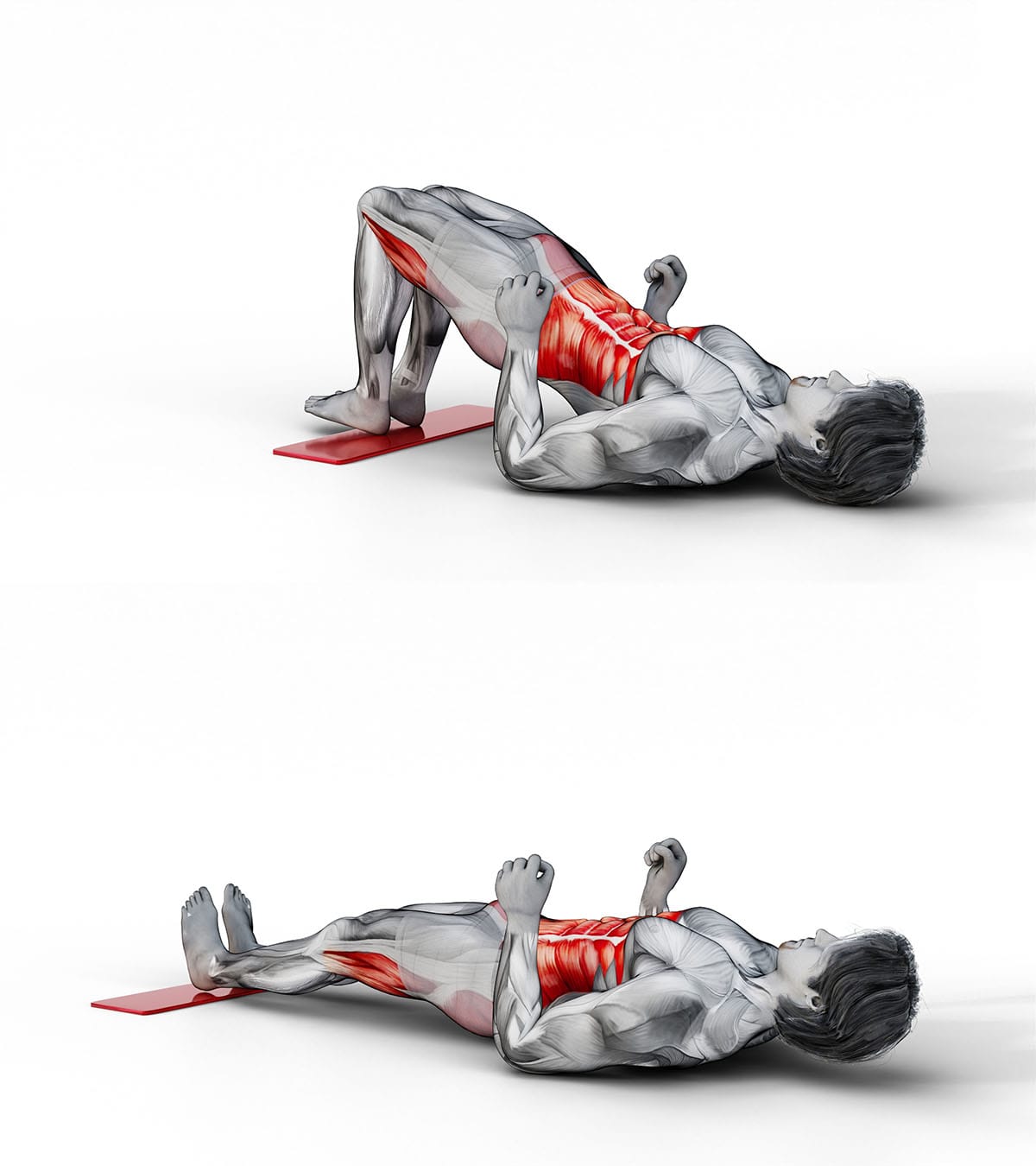
Set-Up
Lie flat on your back on a smooth surface. Put a towel, slider, or old t-shirt under each foot.
Bend your knees so that your feet are flat on the floor, keeping them hip-width apart. Your arms should be at your sides to help hold you in place.
Glute Lift
Press your heels into the sliders, lifting your hips off the floor to do a glute bridge. In this position, your body comes into a straight line from your shoulders to your knees.
Sliding Leg Curl
Keeping your hips up, slowly straighten your legs out by sliding your feet forward. Keep your abs braced and your hips up as high as possible while you move.
Return
Re-bend your knees and slide your feet back toward your glutes. Don’t let your hips sag down below the rest of your body. Instead, focus on maintaining the shoulder-to-knee line.
Reps
2-4 sets of 8-12 reps.
Pro-Tip: For this standard version of a sliding leg curl or any of its variations, you can choose to work with both legs at the same time as you curl or switch from side to side each rep.
Why Should I Do Sliding Leg Curls?
This exercise comes with a ton of benefits.
Especially for strengthening and conditioning your lower body and core. Here are the key advantages:
1. Hamstring Strength
This is mostly a hamstring move that helps you develop strength and endurance.
Although many people may have flexible hamstrings, a lot of us do not have strong ones.
This is a key difference that people neglect. You may do a lot of forward bending type stretches to reliever tight hamstrings, stretching them out after a long day of sitting, yet neglect to build up their strength.
Strong hamstrings help you lower your risk of muscle injury. This is especially true if you’re involved in activities like running or sports that are jump-heavy.
2. Stronger Glutes
This exercise and similar moves like the hip thrust or glute bridge are also instrumental in building you a booty!
Sliding leg curls engage the glutes as well as your hamstrings to help tone your hips and butt. It can aid in improving posture and stability by strengthening the posterior chain.
3. Build a Solid Core
Maintaining a high hip position during sliding leg curls calls for significant core engagement, especially in your lower back and abdominal muscles. Keeping your hips up will help you build more core stability and balance over time.
A stronger core not only leads to improved functional movement but also enhances safety as you age.
Core strength is a fantastic asset to your sports performance, too! In a study on the effects of core training on sport-specific performance of athletes, the core is cited to be essential for “proximal stability for distal mobility.”
In other words, keeping your center strong allows you to move your limbs freely while keeping a strong core stays second nature. That way, you put less thought into simply staying upright and keeping your balance so you can focus more on fine-tuning your game.
4. Safe on Your Joints
Sliding leg curls are low-impact, which makes them a joint-friendly option for those looking to strengthen their hamstrings and glutes without putting excessive stress on the knees or lower back.
Strong hamstrings and glutes help prevent common lower body injuries, such as hamstring strains or knee pain, especially for athletes who engage in high-impact activities like sprinting or jumping.
The movement demands control over hip positioning, improving hip stability and strength, which is essential for preventing lower back and hip pain.
Overall, sliding leg curls are a great addition to any workout routine, especially for those looking to strengthen their lower body while minimizing stress on their joint.
5. Get More Flexible!
Sliding leg curls involve a stretching and contracting motion of the hamstrings, promoting flexibility and mobility in the muscle, which can be beneficial for overall movement and function.
6. Switch Your Equipment Up
Sliding leg curls can be performed with minimal equipment (just a towel or sliders), making it accessible for at-home workouts or travel routines.
This type of equipment is lightweight and easy to tuck into your suitcase. If you’re on vacation and feel a little lazy to workout, you’re giving yourself no more excuses— your equipment is right at your fingertips.
Pro-Tip: If you’re still struggling with staying motivated on a trip, a fitness tracker can be a good way to keep yourself in check. Most of the best free workout apps are easily accessible via your smartphone.
Apps like the Flex Fitness app can be a perfect added motivational boost if even having equipment on hand isn’t quite doing it for you when you’ve entered vacation mode.
Sliding Leg Curls— Muscles Worked
Sliding leg curls target your posterior chain muscles.
Hamstrings
The hamstrings are the main muscles you’ll hit in a sliding leg curl. Located on the backs of your thighs, the hamstrings flex your knees and extend your hips.
Glutes
The glutes (your butt muscles), especially the gluteus maximus, help with hip extension and stabilize your hips in this move.
Calves
The gastrocnemius and soleus muscles help to keep your foot, ankle, and knee position in line during your sliding leg curls.
Core
Your abdominals, particularly the lower abs and obliques, help support your pelvis and spine.
Lower Back
The lower back also engages to help keep your hips elevated, stabilizing them while providing support to your glutes during sliding leg curls.
Want to work the same muscles but don’t have sliders on hand? Maybe you prefer a curl variation where you’re not lying on the floor.
In that case, we have a few stan-ins you can use if you prefer a different variation to the sliding leg curl.
Alternatives and Variations
Maybe you don’t have sliders or the required equipment available for sliding leg curls. Maybe you simply don’t enjoy this exercise.
In that case, there are several moves you can use as alternatives to sliding leg curls to develop your hamstring strength. Here are a few options:
Sliding Leg Curl Alternatives
As mentioned above, if you don’t like the traditional sliding leg curl, don’t worry! There are a ton of workarounds and variations you can experiment with.
Here are just a few to try out for stronger hamstrings.
1. Swiss Ball Hamstring Curls
This exercise is similar to sliding leg curls but uses a stability ball (also called a Swiss ball).
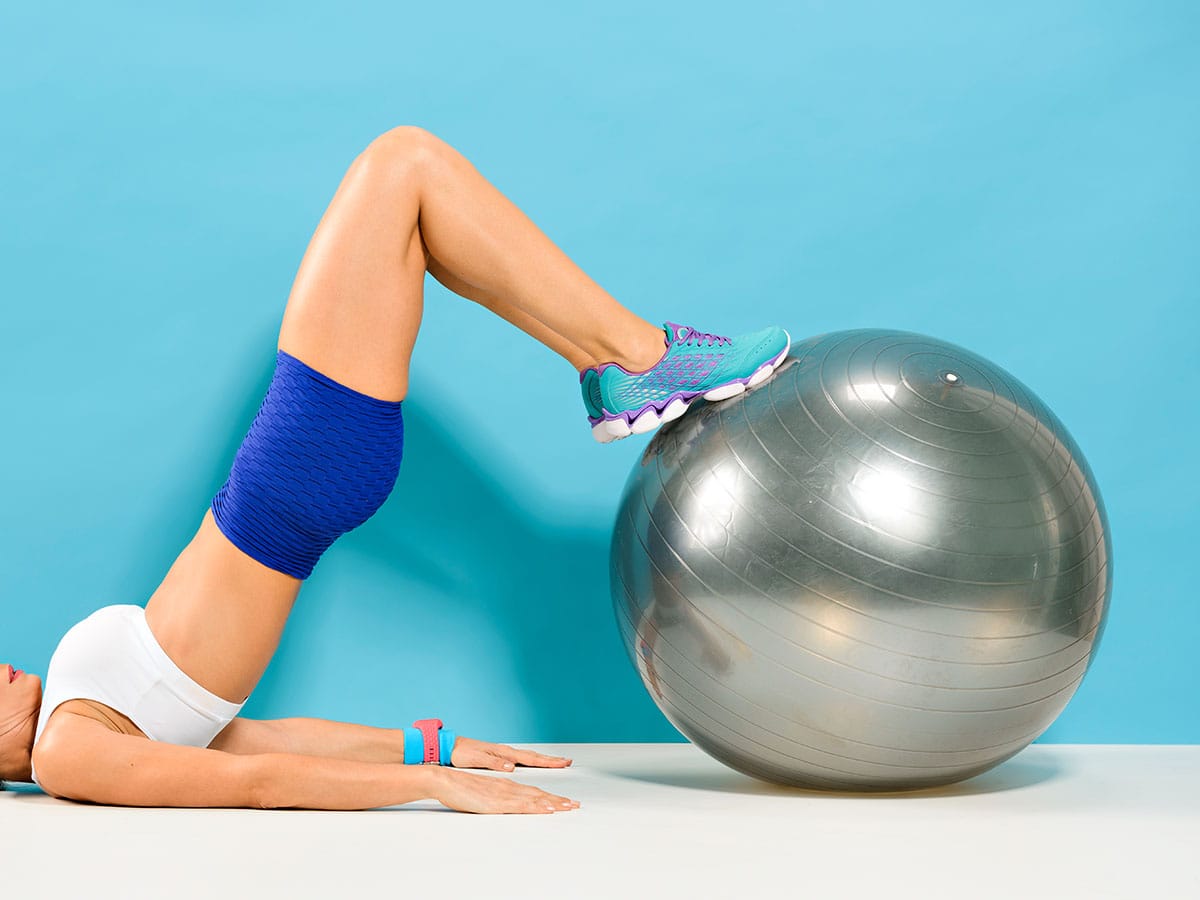
How to: Lie on your back and put your feet on top of a Swiss ball. Drive through your heels to lift your hips into a bridge position. Roll the ball toward your glutes by bending your knees slowly and with control, then roll it back out.
Differences/Benefits: Using a ball, you add an element of instability. This forces you to use more of your core and glute muscles.
2. Nordic Curls
In this hamstring exercise, you’re lowering your body from a kneeling position with your hips extended to work the backs of your thighs.
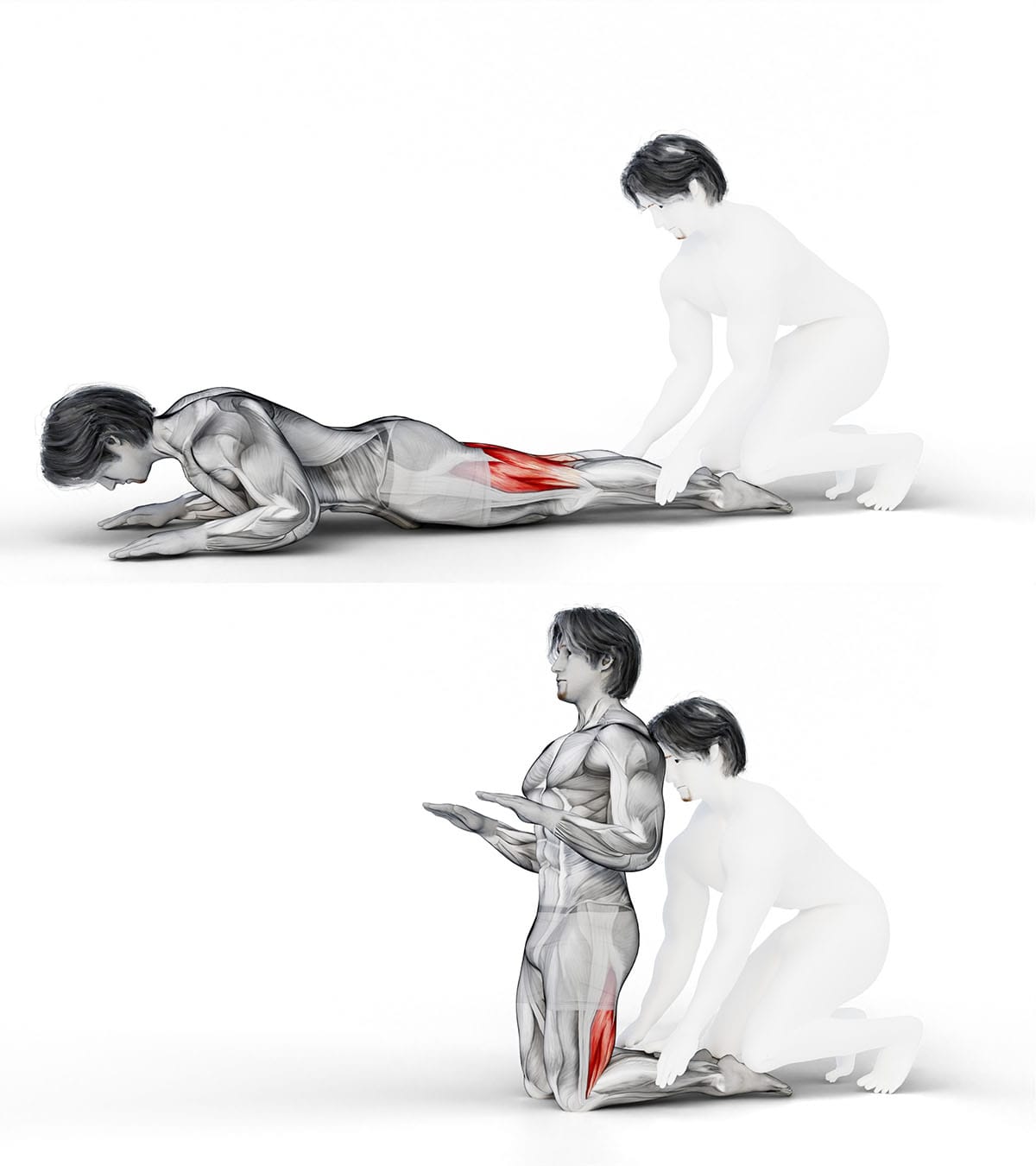
How to do it: Kneel with your feet anchored to a stable anchor point. You can also have a partner hold your feet in place.
Lower your upper body toward the ground, controlling the movement with your hamstrings. Come down as far as you can without falling forward, then return to your start position.
Benefits: This move puts a strong emphasis on eccentric hamstring loading (the “down” part of the exercise where your hamstrings lengthen). This can be a good way to improve your strength with lower injury risk. To understand more, read this article: Concentric and Eccentric: Muscle Contraction or Exercise.
To boot, Nordic curls work the hamstrings in a way that we don’t often see with other hamstring-focused exercises, using just your body weight.
3. Glute Ham Raise
This is a machine-based exercise that targets your hamstrings and glutes.
How to: For this exercise, you use a machine called a glute-ham developer.
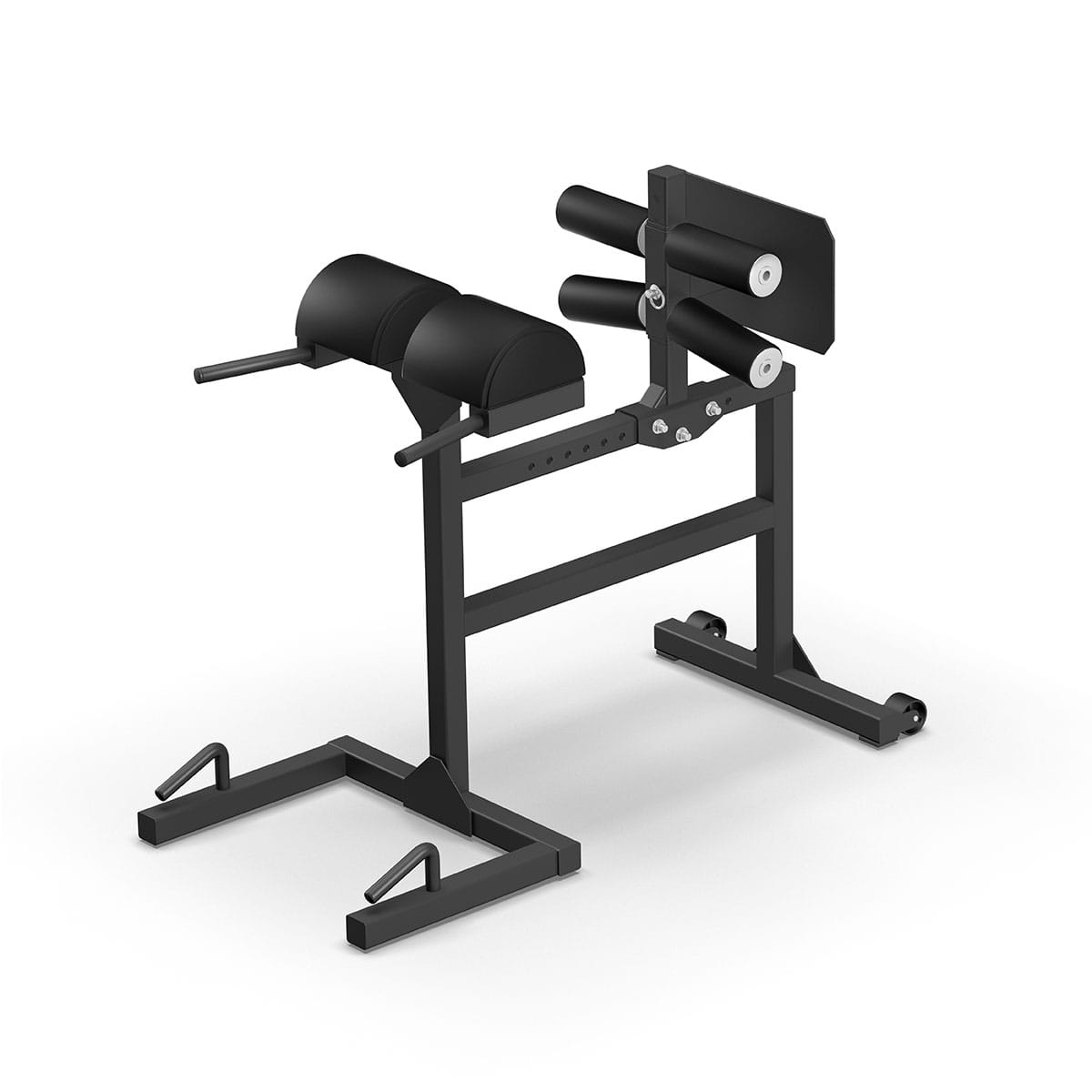
Extend your body so you come down horizontally, working toward a parallel position to the ground. Use your hamstrings to pull your upper body back up to the starting position. The movement is similar to the Nordic curl (above), but you use a machine for assistance.
Benefit: Because you’re using a machine that lifts you off the ground, there’s an opportunity to work with a deeper range of motion than in a Nordic curl. This is a great way to isolate and grow your hamstrings effectively, especially if you’re working at a higher rep range.
4. Romanian Deadlifts (RDLs)
The almighty RDL is a compound leg exercise that targets your hamstrings, glutes, and lower back.
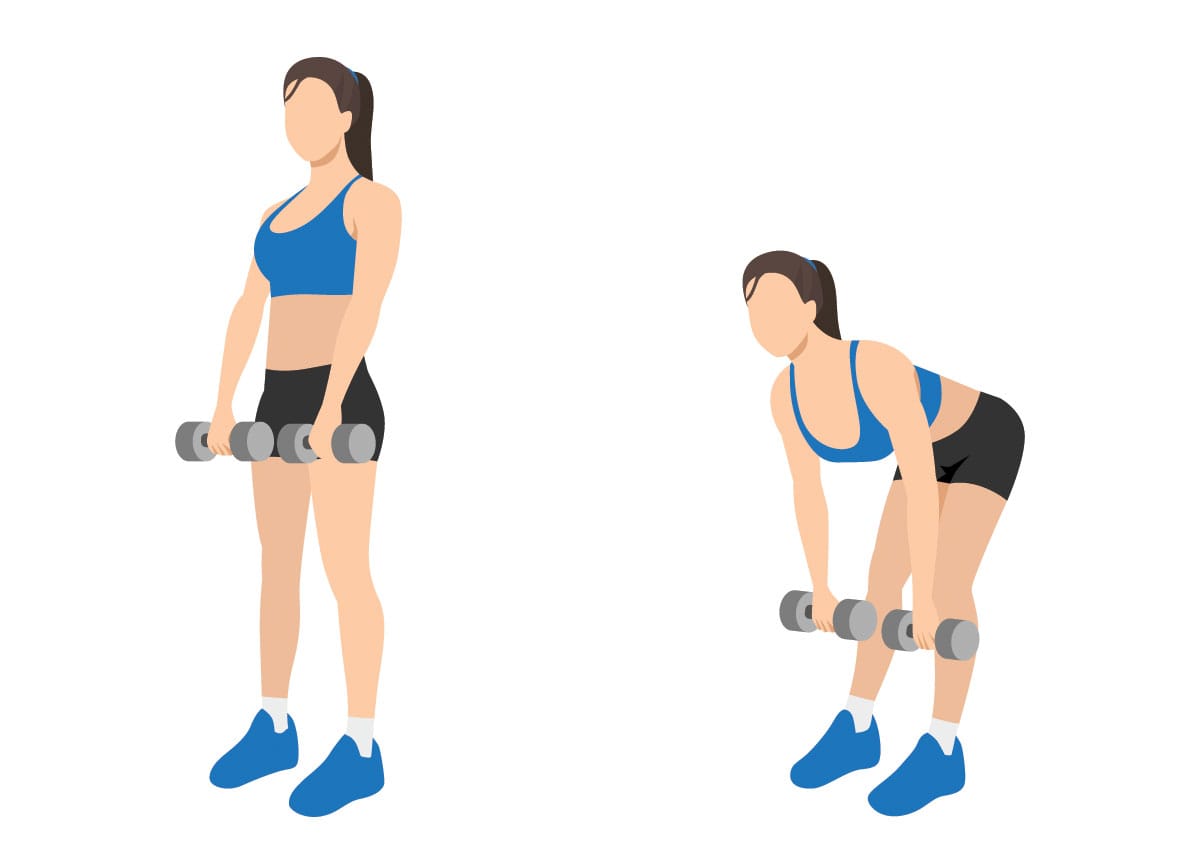
How to perform: Grab a barbell or set of dumbbells. Hinge from your hips, bringing your weights towards the ground while keeping a neutral spine. The weight should hover just above the ground above your mid-foot. Drive through your feet and come back up to standing, recruiting your hamstrings and glutes.
If you want to make this move even harder, you can try split stance RDL.
Benefit: Increases overall strength and can be loaded progressively.
FAQ
Finally, we’ll go through a few need-to-know items that you and people around the internet have been asking incessantly about this exercise.
Shine some light on the top sliding leg curls FAQs.
Q1: Are sliding leg curls bad for your knees?
There’s a lot of hate going around for sliding leg curls on the internet. Naysayers consider this move dangerous for the knee joints, especially if you’re working with a bend in the knees past 90 degrees.
If you notice pain or a pinching sensation during your leg curls, you may want to think about reducing your range of motion or choosing an alternate exercise to build your hamstring strength,
Q2: Are sliding leg curls useful?
Some detractors online may say that sliding leg curls are not useful.
If you’re performing sloppy reps at a shallow range of motion, this could certainly be true. Improper reps don’t allow you to get the full benefits of this exercise.
Big Picture
To summarize, when performed at a full range of motion (past 90 degrees!), sliding leg curls can be a phenomenal exercise for your hamstrings, along with the glutes, core, lower back, and more.
This simple slider exercise is easy to bring to the gym. Fitness sliders can retail for as low as $10 or less on Amazon. They’re also easily portable, so you can tuck them in your suitcase for an effective workout as you travel.
If your gym goal is to start building up a shelf butt while honing your core stability at the same time, sliding leg curls are a fantastic and simple move to add to any leg day!
References
Dong, K., Yu, T., & Chun, B. (2023). Effects of Core Training on Sport-Specific Performance of Athletes: A Meta-Analysis of Randomized Controlled Trials. Behavioral sciences (Basel, Switzerland), 13(2), 148. https://doi.org/10.3390/bs13020148
Kibler, W. B., Press, J., & Sciascia, A. (2006). The role of core stability in athletic function. Sports medicine (Auckland, N.Z.), 36(3), 189–198. https://doi.org/10.2165/00007256-200636030-00001
Padulo, J., Laffaye, G., Chamari, K., & Concu, A. (2013). Concentric and eccentric: muscle contraction or exercise?. Sports health, 5(4), 306. https://doi.org/10.1177/1941738113491386
Related articles


Get fit with Flex
Build muscle & lose weight fast for free.
Available on iPhone + Apple Watch





